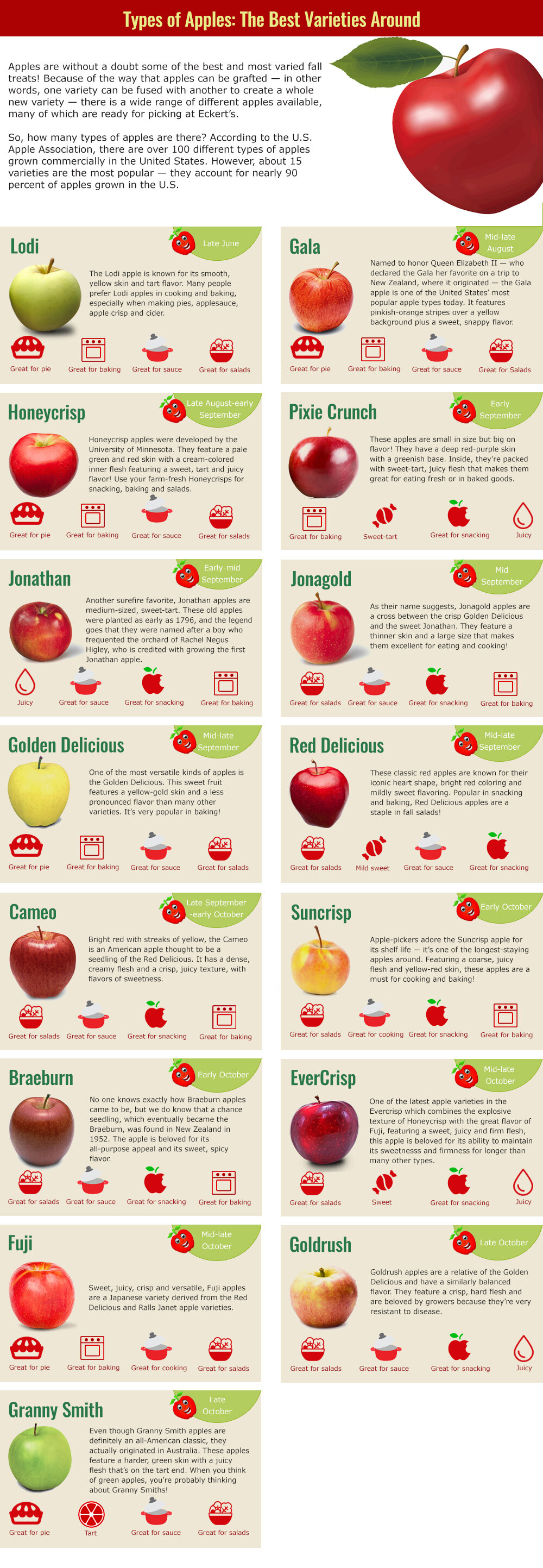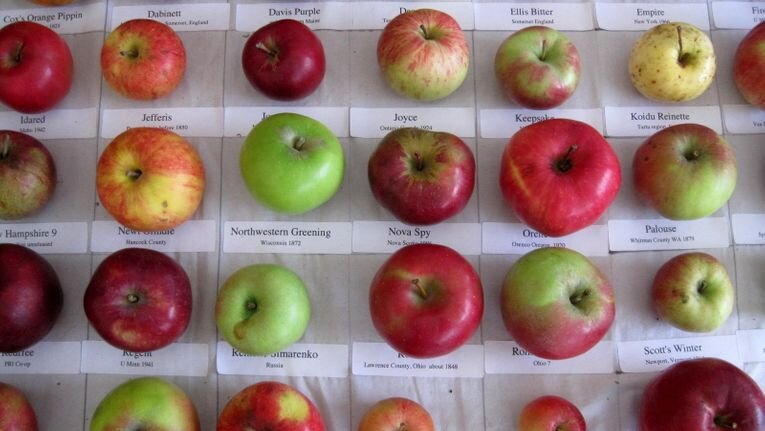Nutritionally, Not All Apple Varieties Are Alike
Whole fruits have valuable nutrients and fiber. But they also have a lot of sugar. That means that, in many ways, fruit is both good and bad—an issue I discuss in the section “The Conundrum of Fruit” of my post "Forget Calorie Counting; It's the Insulin Index, Stupid.” But wouldn’t it be possible to breed fruit that had less sugar but continued to have all the other nutritionally valuable elements? The answer is definitely yes, and it may be easier than you think. Heirloom varieties and other older varieties are a promising place to look for less sugary varieties of fruit. Humans have spent hundreds of years breeding fruit that has more sugar and is therefore sweeter.
Even now, saying a variety of fruit was sweeter would probably be good marketing, so the artificial selection pressures are probably mostly in the direction of sweeter and therefore more sugary fruit. But if a large subset of consumers wanted low-sugar fruit, it wouldn’t be long before the market provided low-sugar fruit from some combination of heirloom varieties and newly bred low-sugar varieties of fruit.
As things stand, the demand for low-sugar fruit is too low for fruit to be marketed that way. But different varieties from the same species of fruit do have different levels of sugar. The table below, from “Fructose in different apple varieties,” by Katharina Hermann and Ursula Bordewick-Dell is a nice example:
A Granny Smith apple has less than a third the sugar of a Fuji apple, however you slice it!
Currently, in our culture, fruits have a very good reputation. But the situation is much more complicated than that. Fruit juice has much less of the good and all the bad of the sugar. And even among whole fruits, some are much healthier than others. Sugar doesn’t suddenly become innocent simply because it is inside fruit. It is a matter of whether, given the amount of sugar in a particular variety of fruit the good of the other nutrients can outweigh the bad of the sugar. And that in turn depends a lot on how much sugar there is.
I hope that farmers who have an interest in fostering health will take an interest in identifying, developing and marketing low-sugar varieties of fruit. I am happy to feature low-sugar varieties of fruit on this blog if you let me know about them.
For annotated links to other posts on diet and health, see:


